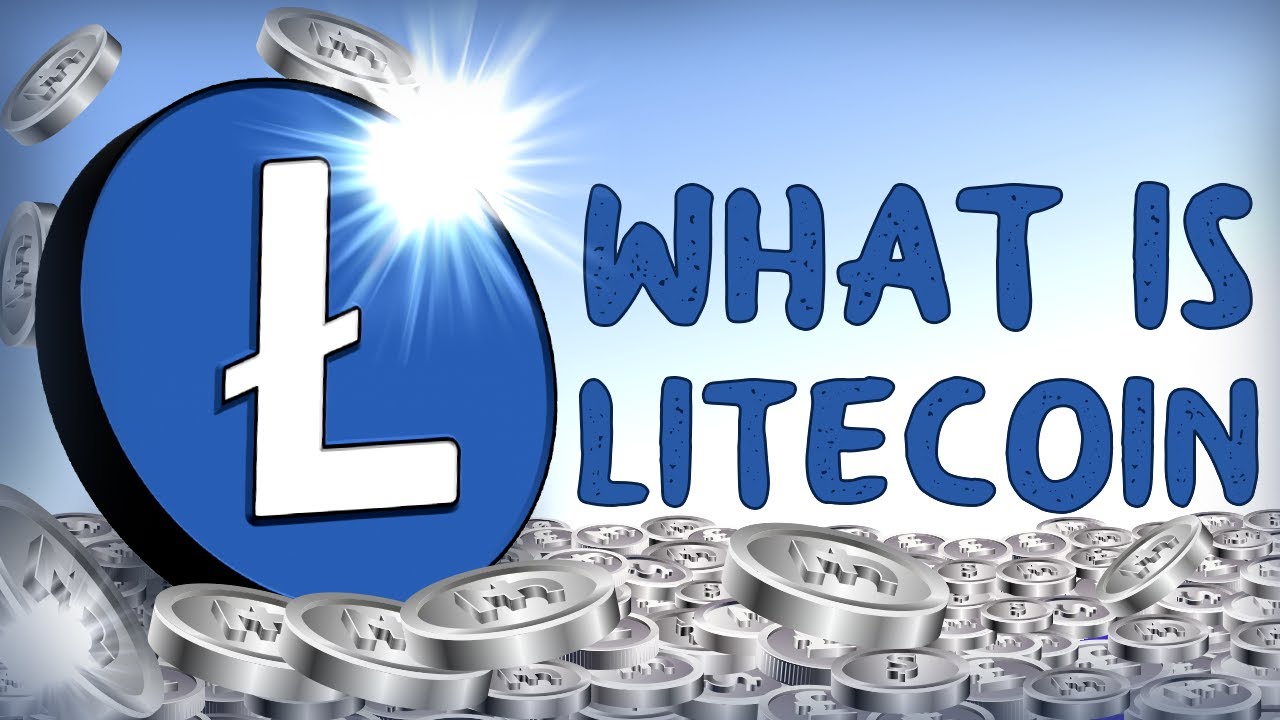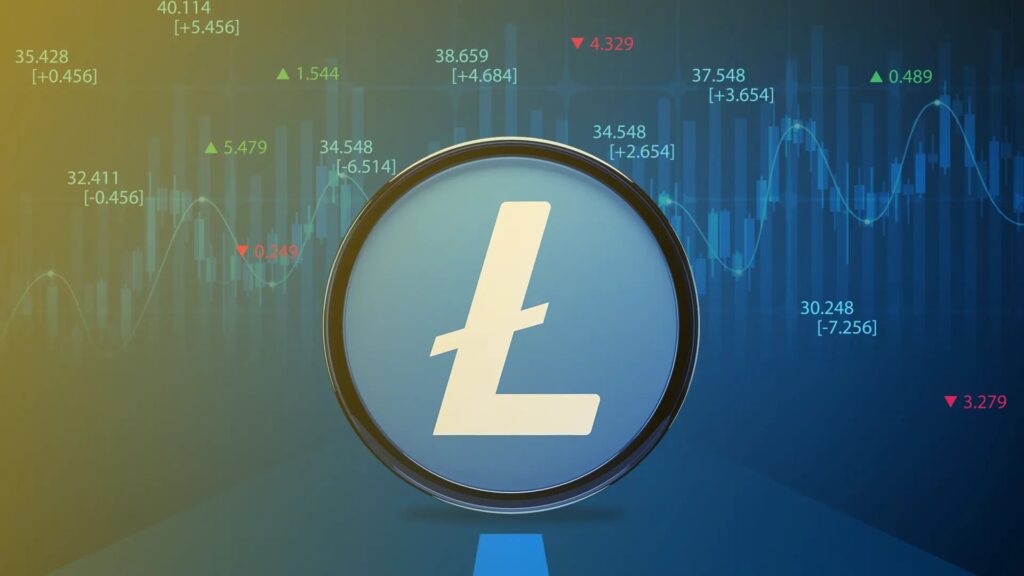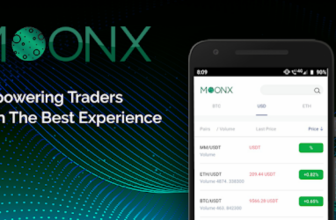
Litecoin (LTC) is one of the longest-running and most established cryptocurrencies, created to supplement Bitcoin with faster and cheaper payments. Established by ex-Google engineer Charlie Lee in 2011, Litecoin found its place as a functional means of exchange with all the decentralized spirit of cryptocurrency. In this article, we delve into what LTC is, how it operates, what sets it apart, and why it’s a constant presence in the constantly shifting landscape of digital money. Whether you’re interested in its technical underpinnings or as an investment option, knowing how LTC operates within the world of blockchain is crucial.
Table of Contents
Understanding Litecoin’s Origins and Purpose
Frequently referred to as “the silver to Bitcoin’s gold,” Litecoin was created as a reaction to Bitcoin’s issues of scalability. Charlie Lee wanted to design a cryptocurrency with Bitcoin’s fundamentals at its core but with an emphasis on speed and usability. With modifications to Bitcoin’s codebase, Litecoin gained faster block creation times — 2.5 minutes, as opposed to Bitcoin’s 10 — allowing for faster confirmation times for payments. This emphasis on speed made LTC a practical solution for day-to-day payments, something that still motivates its development.
Litecoin’s supply is limited to 84 million coins, double and a half times Bitcoin’s 21 million, which supporters claim renders it long-term affordable. Its Scrypt mining system, as opposed to Bitcoin’s SHA-256, was originally created to make mining democratic by defying specialized hardware monopolies. Though this motivation has changed, Litecoin’s group still believes in sustaining both security and user-friendliness.
Litecoin: How It Works: A Decentralized Peer-to-Peer System

Source: ohmyfacts.com
At its essence, LTC rides atop a decentralized blockchain, a shared ledger kept by a worldwide group of miners. The miners secure transactions through proof-of-work (PoW) consensus, solving cryptographic puzzles to add a block to the chain. The reward for each block motivates involvement, but there is no central control of the system as there is under traditional finance.
LTC transactions are both pseudonymous and irrevocable and use cryptography for security. Anyone wanting to trade LTC to XMR (Monero) for increased anonymity can easily do so through platforms such as https://xgram.io/directions/ltc-xmr.
Such interoperability supports Litecoin’s position as a bridge between various technologies within the broader digital currency landscape.
LTC’s speed and minimal cost — usually a fraction of a cent — make it well-suited for microtransactions and cross-border payments. Its versatility has inspired developments like the MimbleWimble Extension Block (MWEB), which will be explored below.
Litecoin’s Distinguishing Factors: Privacy and Scalability
In 2022, Litecoin upgraded to MWEB, a privacy-focused protocol update that supports optional privacy features. Differing from coins that are fully anonymous, such as Monero, MWEB will help users obfuscate transaction values but maintain public sender and receiver addresses. The hybrid design optimizes privacy for regulatory compliance, balancing concerns around maintaining a transparent blockchain with usability.
MWEB’s launch emphasizes LTC’s devotion to adapting with user requirements. With features integrated, Litecoin differentiates itself from Bitcoin, which has been criticized for being traceable based on transaction history. LTC’s development community continually looks for solutions for scalability to keep an expanding demand within its network without harming speed.
Role of Miners in Litecoin Security

Source: bitdegree.org
Mining is still at the heart of LTC’s decentralization and security. Miners engage computational resources to resolve intricate puzzles, confirming transactions and being remunerated with LTC. Whereas mining initially could be achieved with consumer-level hardware, modern conditions promote specific-purpose equipment, generating controversy around power use and access.
LTC’s halving events, which diminish the reward for blocks by 50% every four years, replicate Bitcoin’s anti-inflationary design. The last halving in 2023 reduced rewards to 6.25 LTC per block, slowing down the new supply coming into circulation. The scarcity mechanism is meant to keep LTC’s purchasing power intact in the long term, which will be attractive to investors who see it as a store of value.
Key Benefits of LTC: Speed, Affordability, and Innovation
Litecoin’s major strengths are its low cost and transactional efficiency. We can divide its major benefits into sections:
- Quicker Confirmations. With 2.5-minute blocs, Litecoin payments settle much faster than those of Bitcoin, which will make it viable for consumer adoption.
- Reduced Fees. Transaction fees average under $0.01, which is well below most traditional payment methods and even competitor cryptocurrencies.
- Privacy Features. MWEB offers optional privacy without excluding regulators, something few cryptocurrencies can do.
- Established Longevity. As an older altcoin, Litecoin has a strong network effect and established infrastructure.
These qualities make Litecoin both a transaction-oriented workhorse and a laboratory for innovation for blockchain. It had its upgrades adopted first, including Segregated Witness (SegWit), which maximizes block space and minimizes fees.
Disadvantages of Litecoin: Speed vs. Security Tradeoffs

Source: loopcurrencyexchangechicago.com
Although Litecoin possesses strong merits, it is not devoid of criticism. Critics state that its priority to be fast and low-cost comes at the expense of strong security. Its shorter 2.5-minute block time risks orphaned-blocks — valid blocks lost because of delays along the network — which potentially exposes the chain to manipulation.
Litecoin’s Scrypt algorithm, created to be ASIC-resistant, is currently at risk for centralization as specific mining hardware enters prevalence. Another criticism is related to Litecoin’s adoption curve. With its longevity, LTC cannot quite keep pace with Bitcoin’s market cap and name recognition, which weakens its status as a “digital silver.” As notable as MWEB’s privacy improvements are, it lags behind coins with Monero-level anonymity, with users who need anonymity seeking out alternatives.
Conclusion: Litecoin’s Lasting Legacy and Future Potential
Litecoin has established itself as a secure, efficient, and affordable cryptocurrency since its inception 13 years ago. With its solution to Bitcoin’s scalability issues and inclusion of privacy features such as MWEB, it remains both a useful payment tool and a laboratory for innovation in blockchain technology. But reminders that no cryptocurrency is risk-free, including market competition, security compromises, and regulatory issues, keep investors grounded. Its continued development and steady adoption suggest that Litecoin will stay relevant as both a transactional asset and a testing ground for new blockchain features.







